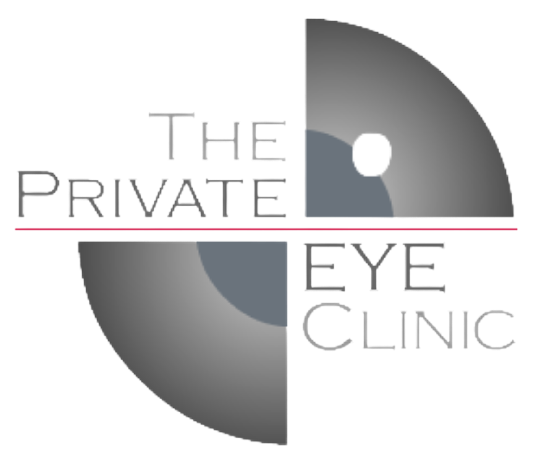
Difficult Amblyopia
Difficult amblyopia
‘Difficult’ can mean one or more of:
Bad vision despite recommended (routine) therapy being applied as instructed
Bad vision - routine therapy has not been applied
‘Older’ child [typically age 7 or older].
Difficult amblyopia is also where:
The benefit one anticipates for the amount of work to be put in is low, or where
One expects the progress to be painfully slow and difficult for everyone concerned, or where
One knows that the child will be reduced to functionally “blind” status for at least a few days once occlusion is initiated. Be very careful if this is relevant – we don’t want your child to break a limb because of an accident due to poor vision!
Parents have to be careful, thoughtful and plan this as one might plan any other serious medical treatment.
What parents must do is ensure in advance that the child will be adequately entertained (lots of video games, computer games, books to read to the child, games for the child to play…) and the child’s safety is ensured (do not let the child go outside without supervision, do not let the child ride a bicycle without you holding the bicycle, do not let the child climb or play on playground equipment without you being right next to the child,…).
Improvement in visual function is very encouraging and allows us to continue with the above difficult treatment.
With difficult amblyopia I use many different parameters to follow progress including single letters, single numbers, Melbourne Edge Test, gratings and potential acuity tests. Sometimes improvements are only seen in one or two of these parameters.
Techniques that may apply are:
More patching than before. In a 3-year-old, even one hour a day can have a good effect; in a 6-year-old, less than 3 hours a day are often ineffective. In a 4 year old, 150 hours of patching will produce a 2 line improvement on a vision chart, in a 6-year-old we need 250 hours.
If we use more- than- ever- before patching, this may mean your child stays home from school for a week or two. The effect needs to be checked regularly to ensure that there is some effect, and the effort is not being wasted.L-Dopa medicine plus 3 hours a day of patching. There is mixed evidence on this, and it cannot be currently recommended.
Amblyz glasses. Very high-tech, very interesting, sounds sensible, not much research yet.
Modified computer game [developed at McGill University by an Australian, Dr Robert Hess]. Available in Melbourne through a research protocol. This is currently being evaluated in many centres including the [famous] American PEDIG research group.
For more information, see here (Conflict of interest: Dr Kowal is an investigator of this technique; he receives and will receive no income from this research). There are newer variations of this imminent eg Reviview computer goggles – keep checking their website!
